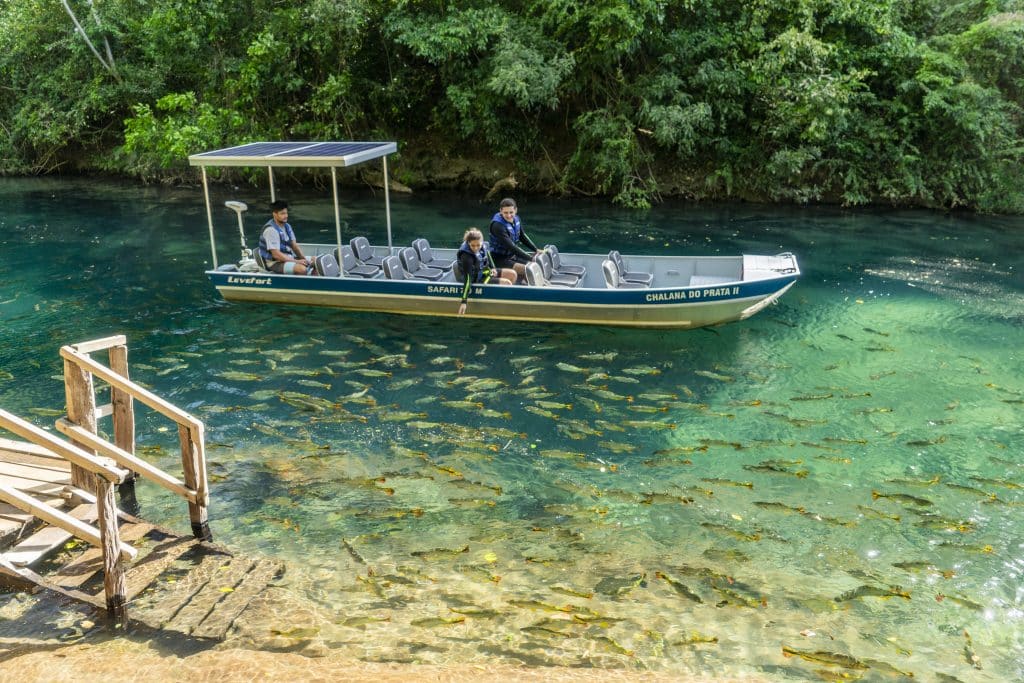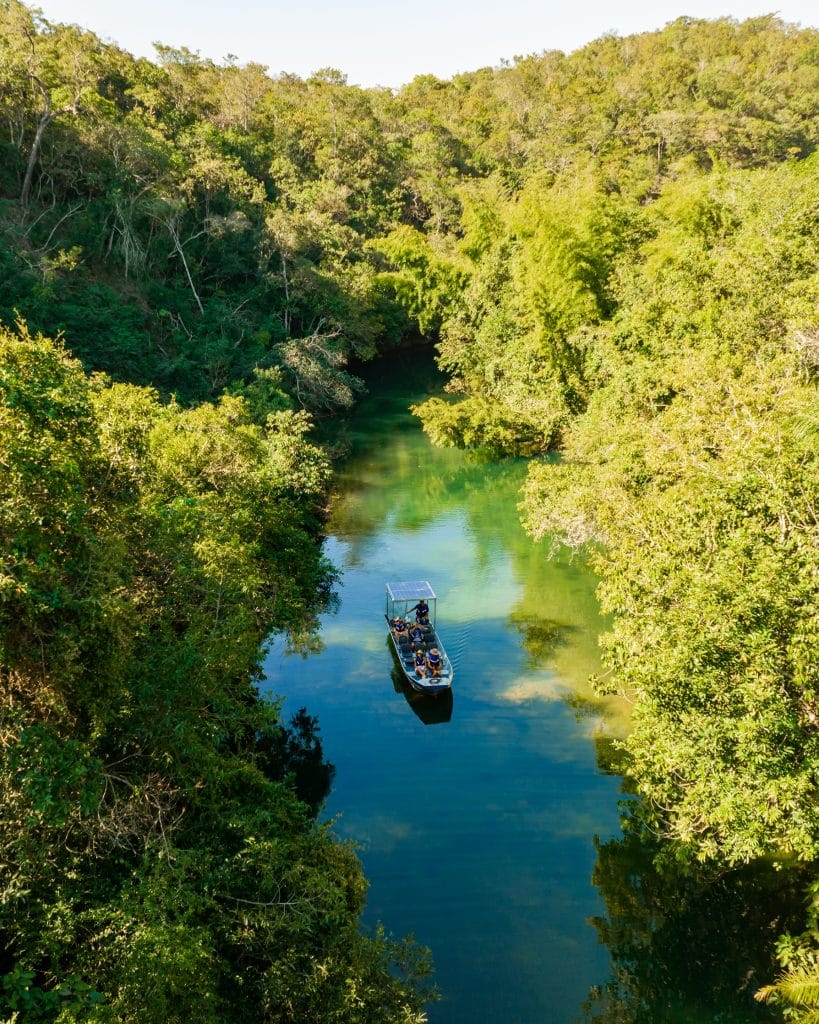
Mato Grosso do Sul is already a reference when it comes to combining preserved nature, innovation, and environmental responsibility. But the state, famous for Bonito and the Pantanal, is going beyond natural beauty: it is the first in Brazil to officially commit to becoming carbon neutral by 2030 — a goal that drives public policies and initiatives across multiple sectors, including tourism.
This commitment reinforces the destination’s vocation for nature-based tourism that values conservation practices, emissions offsetting, and community engagement. Environmental initiatives are reflected in the visitor experience — where travelers find awe-inspiring landscapes maintained through sustainable practices. Discover some of the actions that are helping the state balance its carbon emissions and absorption, and contributing to sustainable tourism.
Agroecological Zoning: The Soil as an Ally on the Carbon-Neutral Journey
Responsible land use, ensuring the preservation of ecosystems that have long fascinated travelers, is increasingly a priority. Mato Grosso do Sul now has the most detailed assessment ever conducted of its soils and vegetation — the Agroecological Zoning of Mato Grosso do Sul.
Developed by Semades in partnership with Embrapa Solos, the study gathered technical data on soil composition, water capacity, agricultural suitability, and environmental vulnerabilities. It represents the largest soil information database in Brazil, with over 3,500 soil samples collected from around 3,000 sites across the state.
The study identifies which areas are most suitable for different types of production while also highlighting regions that require special attention in terms of conservation and sustainable management. This provides a strategic tool to guide public policies, rural planning, and environmental conservation actions — strengthening agricultural production, promoting the responsible use of natural resources, and preserving the landscapes that attract visitors from around the world.
Biomethane: Investing in Sustainable Fuel
Biomethane has emerged as one of the key alternatives for decarbonizing transportation and strengthening Mato Grosso do Sul’s sustainable energy matrix. Produced mainly from sugarcane biomass, this fuel emits up to eight times less carbon dioxide than diesel, offering a clean and efficient solution for heavy vehicle fleets.
It also generates new business opportunities, boosts industrial competitiveness, and contributes to the state’s goal of becoming carbon neutral by 2030.
The topic took center stage at an event promoted by Biosul in Campo Grande, bringing together authorities, energy sector representatives, universities, and companies — including Adecoagro and ATVOS, which are expanding biomethane production in the state with multimillion-dollar investments.
For instance, Adecoagro plans to increase its daily biomethane production from 6,000 to 35,000 cubic meters by 2027— nearly a sixfold increase — as part of a R$225 million investment to expand its capacity.
The Livestock of the Future
During the opening of the 7th Symposium on Bovine Reproduction, Production, and Nutrition – Repronutri 2025, the Secretary for the Environment, Jaime Verruck, emphasized that livestock farming ten years from now will be based on technology and the adoption of innovative techniques — both essential for the state to achieve carbon neutrality.
He highlighted that the first step in this process is efficient water management, and noted that the agricultural sector — including livestock and land-use change — is currently the state’s main source of greenhouse gas emissions. Given the large size of the herds, Verruck stressed that restoring degraded areas is key to decarbonization, pointing out significant progress: around five million hectares of degraded pastures have already been replaced with agricultural lands.
This effort also benefits tourism: sustainable rural properties are becoming rural and experiential tourism attractions, demonstrating in practice how production and preservation can go hand in hand.
Roadmap

To help each municipality develop policies that foster a more sustainable region and more responsible tourism — with projects focused on waste management, green mobility, and support for low-impact enterprises — a new protocol was created.
This is the pilot project of the RTCN (Carbon-Neutral Territory Roadmap) platform, designed to match local demands with climate finance initiatives.
Launched in 2024 across 43 municipalities in Mato Grosso do Sul, the initiative supports climate mitigation and adaptation actions in cities. Each municipality underwent a diagnostic assessment, leading to the creation of climate agendas based on six areas of local governance: climate change, territorial management, administrative capacity, financial capacity, governance, and business environment.
Cities were then classified into five levels representing different degrees of environmental maturity. The purpose of this classification is to help municipalities build their climate agendas and provide them with the tools needed to connect with financial institutions capable of funding climate-resilient actions.
The goal is for this framework to be implemented in all 79 municipalities of Mato Grosso do Sul, ensuring the state achieves its target of becoming Carbon Neutral by 2030.
Want to learn more about what Mato Grosso do Sul has to offer? Visit the destination’s website and Instagram.

Schedule a chat with Anna Santos:
Let’s talk about the destinations, its unique features, possible travel combinations, traveler profiles, sustainable projects, and much more!






